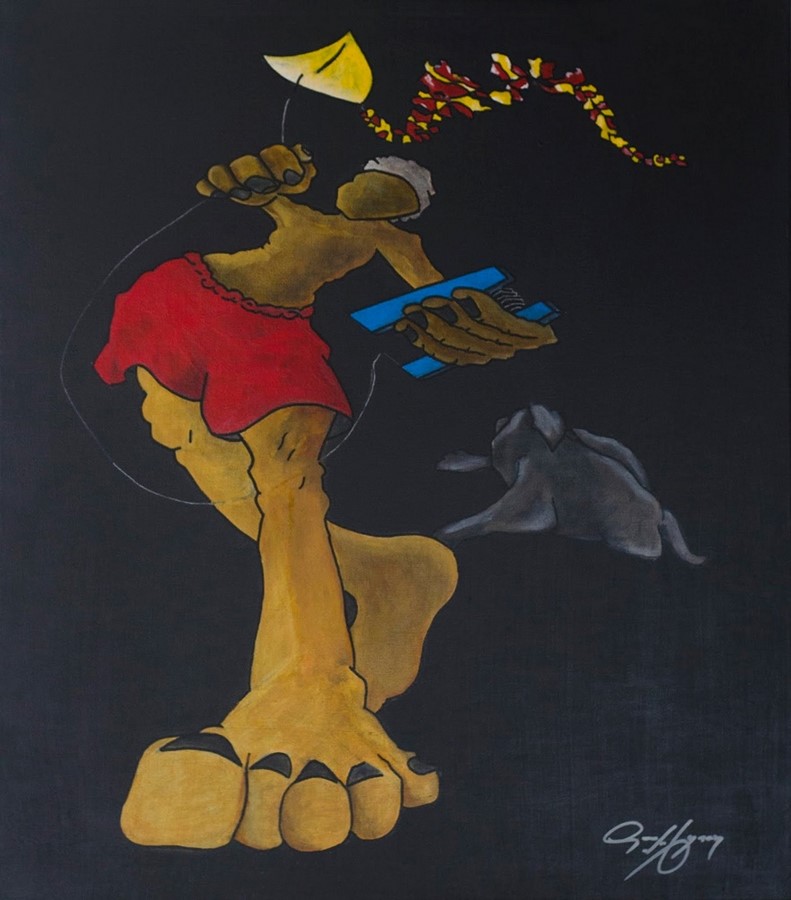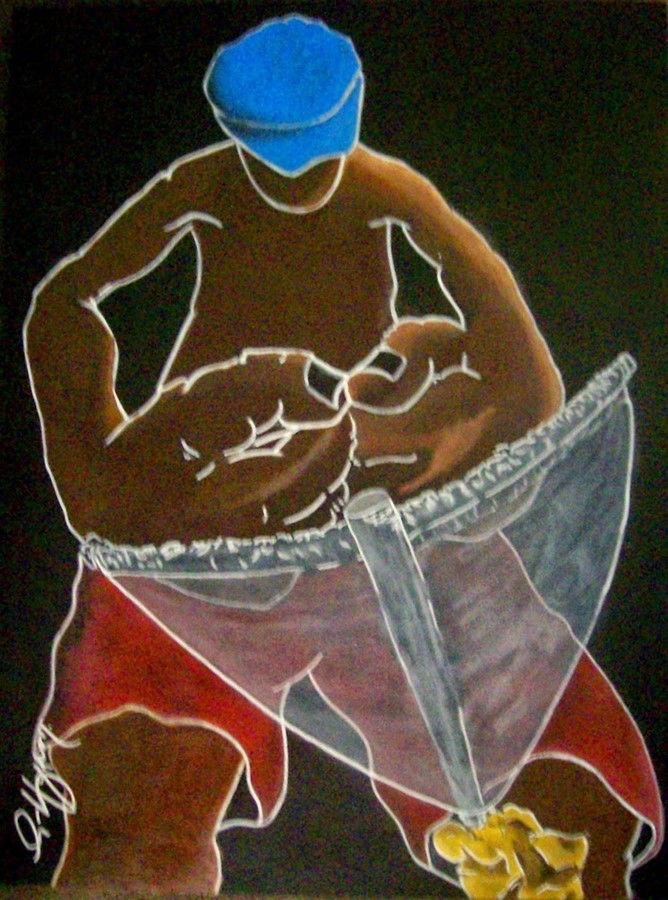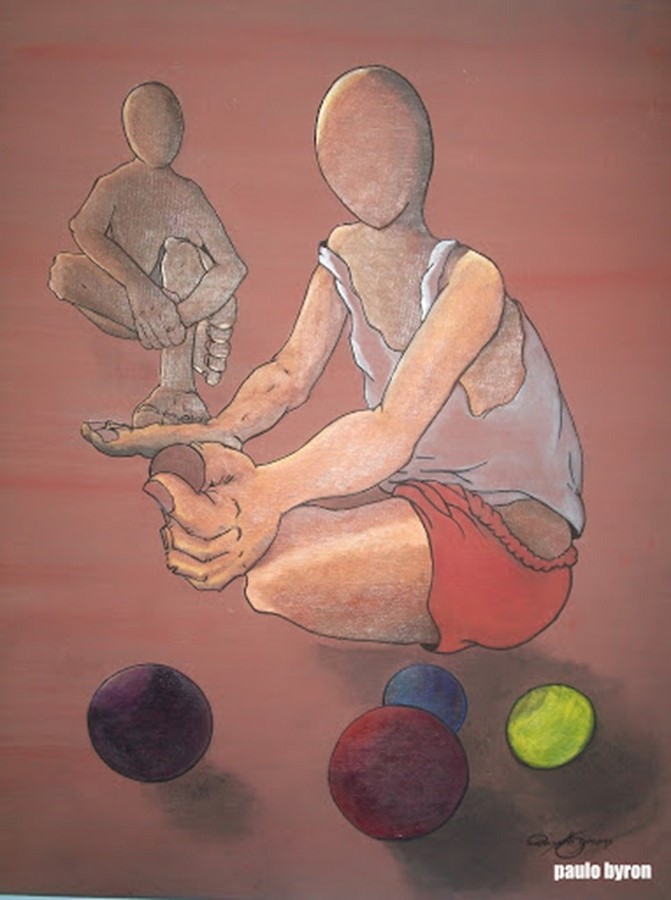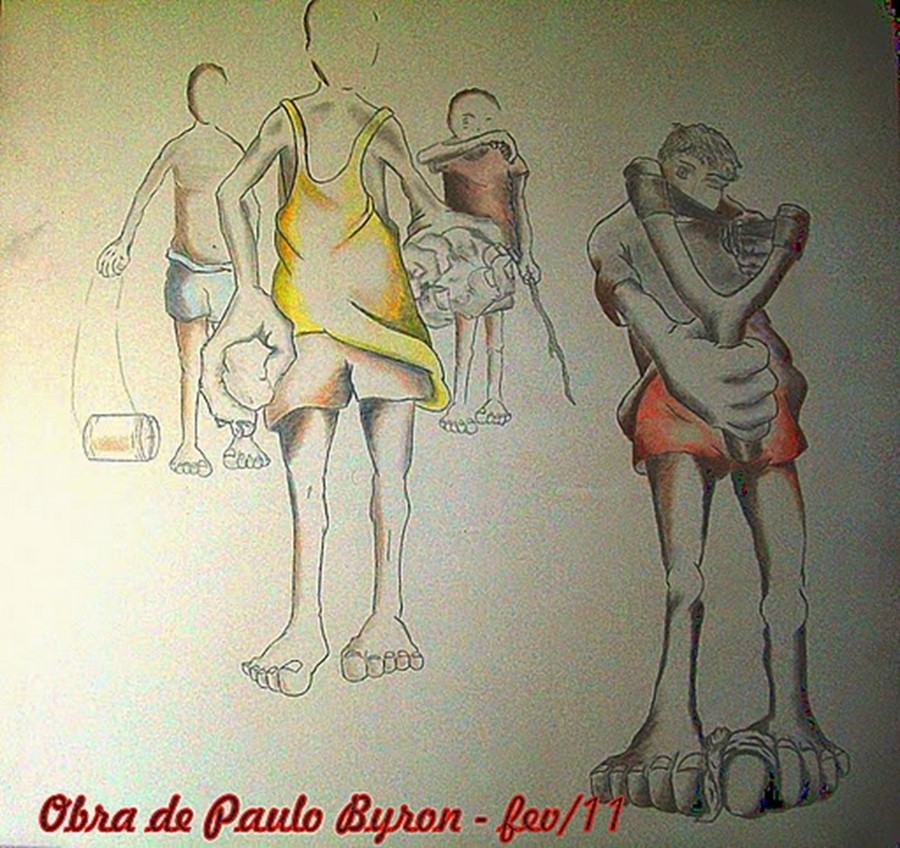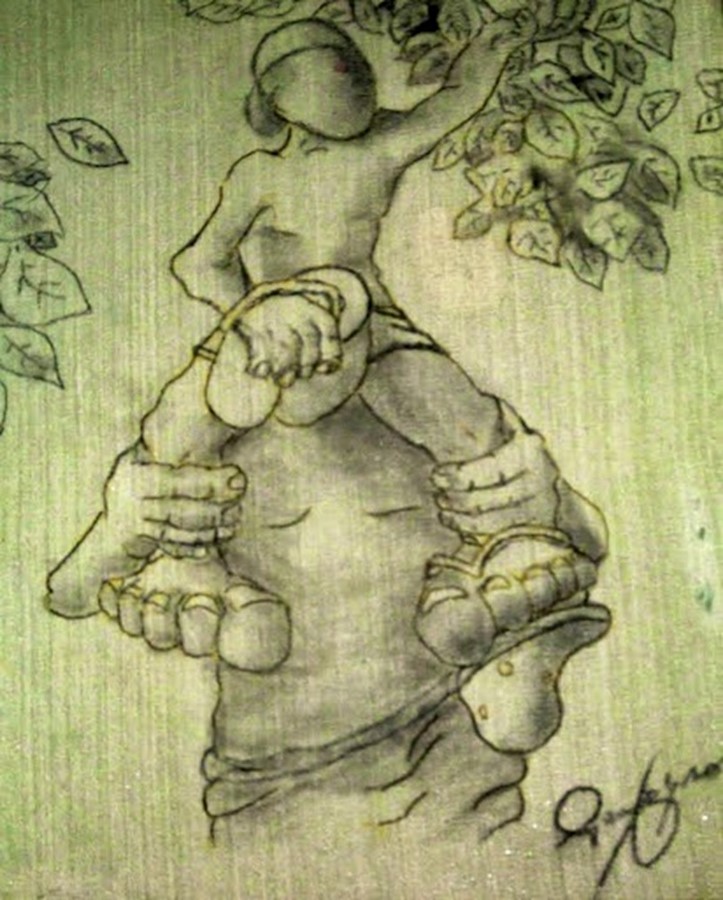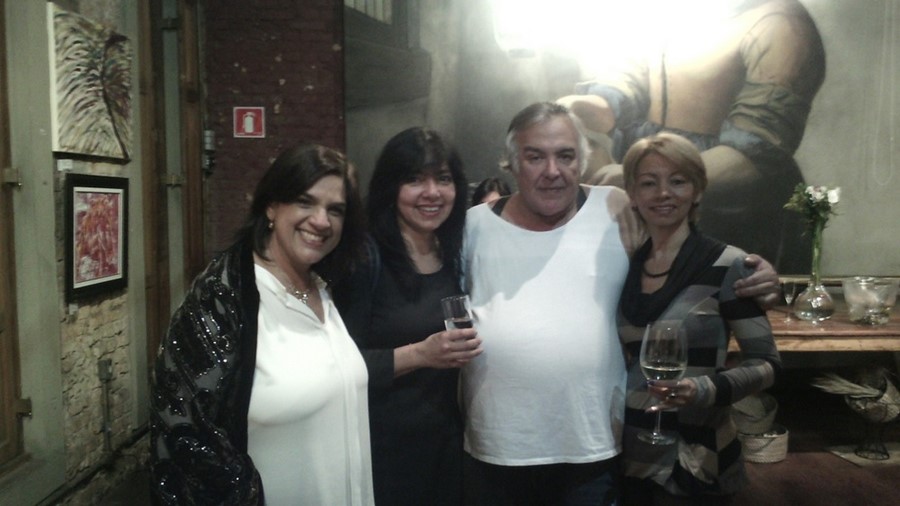You can also listen to this article in the voice of own Plastic Artist Rosângela Vig:

Painting lesson
No framework is finished,
Said right painter;
If you can endlessly continue it,
First, on the other side of another frame.That, made from such,
There on the screen, hides a door,
That gives a corridor
That leads to another and the many other.
(GRANDSON, 1975, p.68)
The Recife João Cabral de Melo Neto transited the world of Poetry and Letters. Your text refers eloquently the heart of those who create. The thought is the same for that weaving with the colors or the words, in painting or poetry. Fruits of the creative spirit, each of these doors is home to a surprise; each of which leads to real or surreal worlds; raises emotions; perplexing; or generates in mind the simple allure of contemplation.
And the Brazilian art has these little doors. In its own way, each artist unveils its own world and a little bit of this colorful country and cheerful. Unsealing of them can go to ancient times, travel for the present and past; by not far childhood, lost in street games; and traffic in the bars and the Bohemia, the hands of the painter Paulo Byron. They staged his works, some of the most common archetypes of Brazil scenarios of old, of today, and its simple people, in scenes of everyday life. The Brazil forgotten by many, not experienced by many, He was immortalized in his paintings. Among the topics explored masterfully, were the childhood games, the life of bohemian, the fisherman, the gaucho, the day of so many simple day. It may be that many of these moments have been familiar to the painter himself, so often commented on the childhood nostalgia and even the beatings that led the mother.
Unmistakable style, Paul dared in perspective and made this aspect of your fingerprint, leading the viewer, the feeling of being inserted into the scene, characters below, interacting with them. On the issue of color, his works have left evidence in the red, the Blues, green, yellow, and often, pure, highlighting what it takes, sem descomedimentos, without exaggeration, the exact extent.
Unsealing the doors of childhood, comes a naughty boy, the color of Brazil, no shirt (Fig. 2). In his hands the protagonist, almost transparent white, It is part of fallen Rabiola. He ties the line, and then raise your kite in the air, drop, free as his childhood. On the floor, very comfortable, three boys play the otedama (Fig. 4), that are thrown to the ground, towards the observer. The colorful fabrics of Marias, you can see the seam lines that should have been done by hand. And the boys did not seem to realize that later other boys play bat (Fig. 5), in the middle of the street, as were the toys and games of yesteryear. More forward, the colored balls moving to the boys toes touch (Fig. 6). They also approach the look and invite the viewer to participate in the game.
The bohemian life also opens its doors and it is possible to see another typical Brazilian, the hobo, cool, sometimes as a poor figure, usually in a bar, drinking, sitting or singing in a samba among friends. The evening and morning, often served as a backdrop this series. In a pub, the guy sitting in the chair (Fig. 9), It seems to have exceeded the drink. Asleep, it does not adhere to the towel is in disarray, or to the bottle or the glass that seems to have fallen on the table. The time passed quickly for him that does not even realize that the night is ending.
The Rio Grande do Sul is part of its history and well narrated by the artist customs (Fig. 16), which showed the typical gaucho, with his clothes, their horses, roads and fields of the places where so often he walked as a child.
Many of the typical Brazilian are also in the works that the artist left in black and white. Oranges on the tree seem to have attracted the attention of boys (Fig. 15) who worked hard to get them the foot. The bread and bologna was also immortalized by the artist's hands. In figure 17, the protagonist is the Brazilian delicious sandwich. In the drawing, the boy sitting unceremoniously, on the ground, enjoying your bread, wrapped in crumpled paper, as it was in other times. Beside, the bottle of milk waiting to be sipped. The exaggerated perspective brings to close the three elements of the scene. For the artist, this work should be done by four hands, designed by him, Painted by artist Rita Caruzzo. To her, It was given the task of coloring drawing your way.
For his work, Paul Byron received titles, awards and participated in important exhibitions, among them, one in the Gallery Bric Brac, in Moema, São Paulo, where did live painting (Fig. 20). The fruit of this exhibition was to work We drink to Celebrate (Fig. 21). On black background image, stands out the design, in white. Yellow red and blue are subtle pure colors used, without exaggeration, in isolated spots, ensuring the lightness of the work.
Sign up to receive Event News
and the Universe of Arts first!
The Paul Byron characters transited a day's quiet little streets, which now house cars, buildings and viaducts. They are on the move, You can hear the sound of your conversations, their music and their movement clothes and bodies. And it may be that the artist himself, in their folly, loosed from the bonds of life, decided to give in to the whims of Art and delve into their world. surroundings, the universe of colors and shapes opened its doors, He seduced the artist and took him to Himself. Maybe he now among its characters, playing as a child, wandering in the night between their types or simply wandering through the fields that come during his childhood. World of Art, full of dejection and sorrow, It became grieved. But maybe there their worlds, the artist to observe everything and everyone, smiling, riding an easel in a nice and friendly arbor, to make your next frame.
Blog: paulobyron.blogspot.com.br/2015/
References:
- MELO NETO, João Cabral. Museu de Tudo. São Paulo: Ed. José Olympio, 1975.
ROSÂNGELA VIG
Sorocaba – São Paulo
Facebook Profile | Facebook Fan Page | Website
Columnist at Website Obras de Arte
E-mail: rosangelavig@hotmail.com


